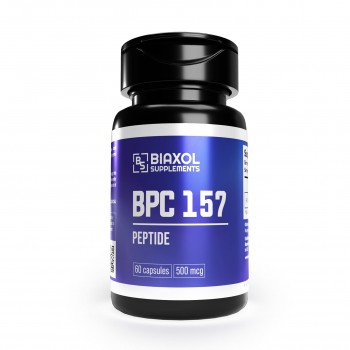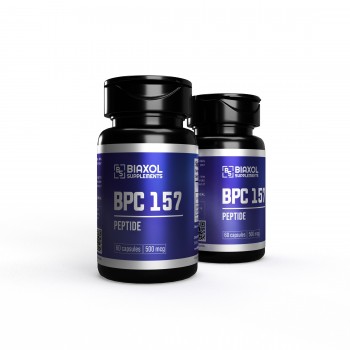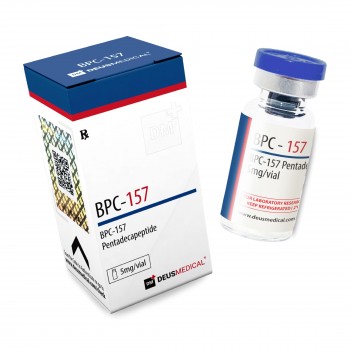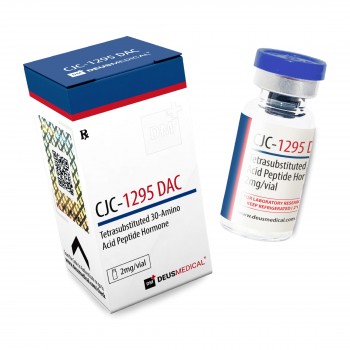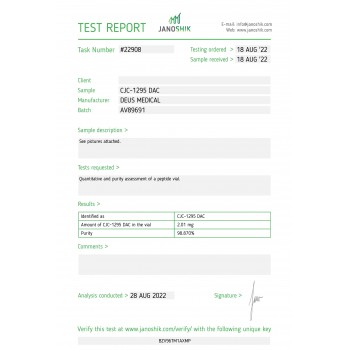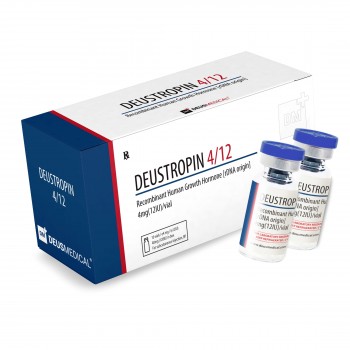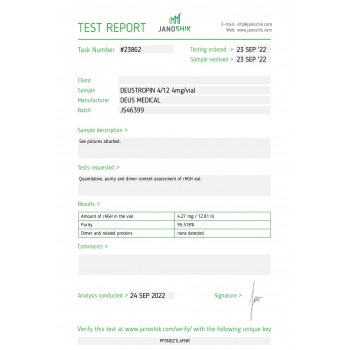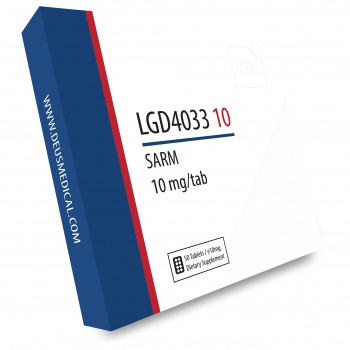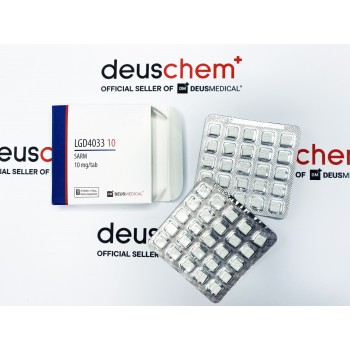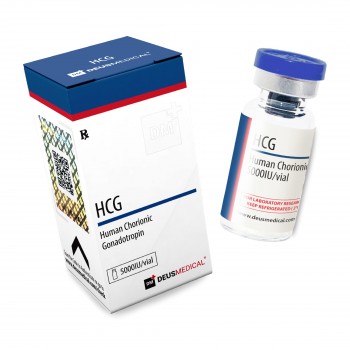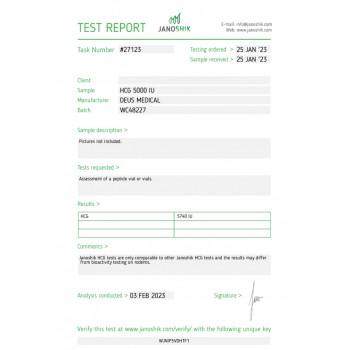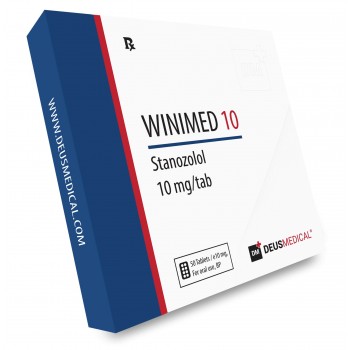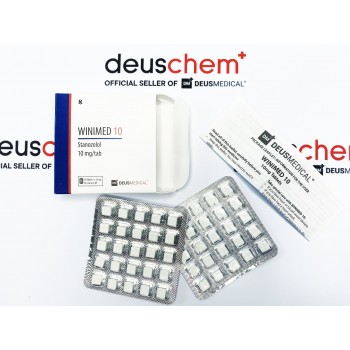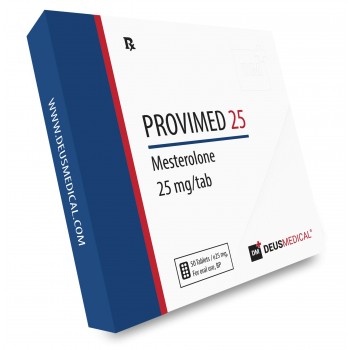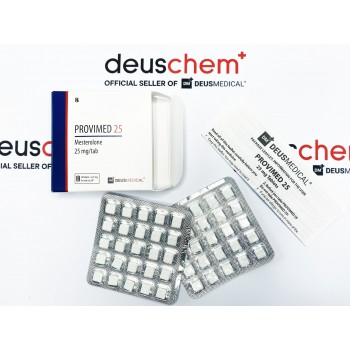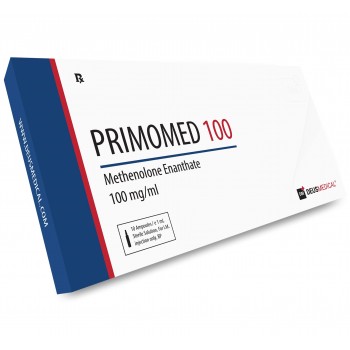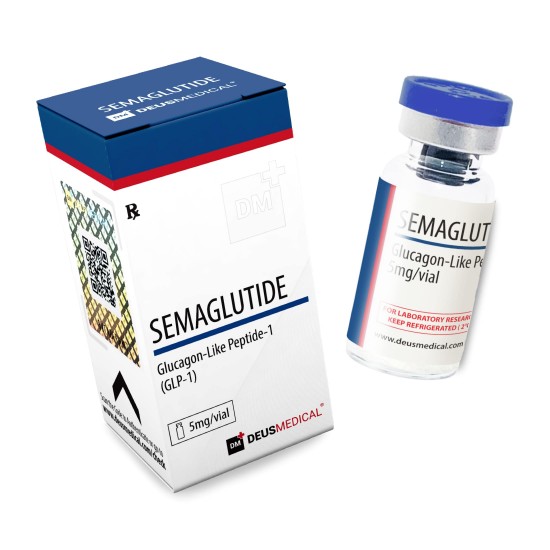
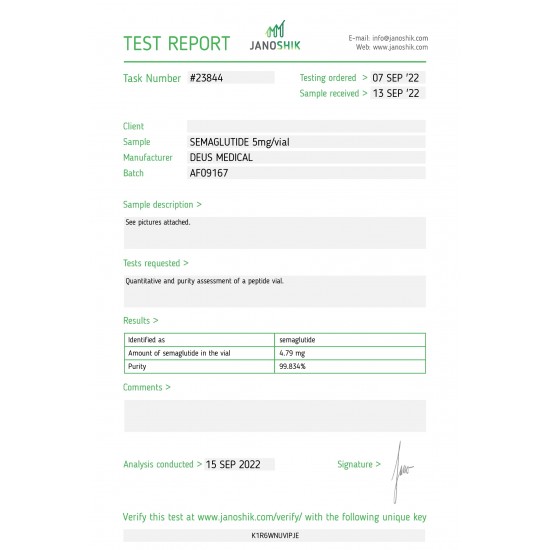


- Stock: In Stock
- Model: SEMAGLUTIDE
DOSAGE
Glucagon-Like Peptide-1 (GLP-1) 5mg/vial
PACKAGE CONTENT
1 Box of 1x Vial
WHAT IS IT
Semaglutide is a GLP-1 receptor agonist, meaning that it mimics the action of the human incretin glucagon-like peptide-1 (GLP-1), thereby increasing insulin secretion and increasing blood sugar disposal and improving glycemic control.
It is used as an antidiabetic medication used for the treatment of type 2 diabetes and long-term weight management.
It reduces food intake by lowering appetite and slowing down digestion in the stomach, helping to reduce body fat.
HOW TO USE
GLP-1 half-life in the blood is about 7 days.
Semaglutide injection dosages may vary between users, it is recommended to start with a low dose and titrate until you reach and maintain the desired effects, dosages can range from 0.25 up to 2.5 mg per week.
STORAGE
Store in a cool, dry place below 30°C. Protect from light. Do not freeze.


